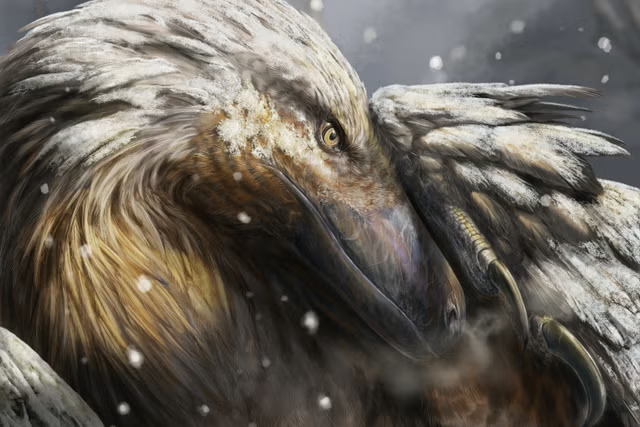As I saw the images—the first time in 2,000 years that anyone had laid eyes on them—I felt a great surge of emotion, especially because they remain only yours for a few moments before they are consigned to the admiration of the whole world.
We had just uncovered stunning frescos inspired by the Trojan War painted on the splendid black walls of a banqueting hall during our excavation in insula 10 of Regio IX at Pompeii. They had been covered in ash since the eruption of Mount Vesuvius in 79 AD.
I was the co-lead archaeologist on this dig. These recent discoveries—the paintings of Helen and Paris, and Apollo and Cassandra, or of the blue sacrarium, soon to be published—are a fresh stimulus for new studies in ancient art.
Through my archaeological work at Pompeii, I have learned that history always moves by chance, and a small provincial town can improve the world's understanding of classical culture much more than many pages of ancient literature.
In Pompeii, every object that is found speaks to us of a life suddenly and tragically cut short.
Everything brings us back to an everyday dimension that had rhythms in some ways very similar to our own modern lives. When you find the remains of a person, it's like seeing yourself again, and what you're made of: Your bones, but also your fear of death and the hope of an afterlife.
There is still about a third of the city to be discovered at Pompeii. We know its boundaries, we know how to trace its streets, and we have a fairly precise idea of the size of the blocks thanks to studies of ancient urban planning.
The current cultural policy desired by Pompeii's director Gabriel Zuchtriegel is to disseminate new discoveries in real-time, and to provide the public with immediate and accessible in-depth tools through the E-Journal of the Pompeii Excavations.
Therefore, everything that has recently been discovered has been promptly disseminated on media communication channels globally, and beyond, as before, to an audience of specialists.
What is most important is that the unexcavated part of Pompeii represents the heritage that we will bequeath to future generations, who through this yet-to-be-explored part of the city will be able to relive the myth of Pompeii with skills and knowledge superior to ours in the present day.
Dr. Alessandro Russo is an archaeologist at the Archaeological Park of Pompeii.
***
I am currently in charge of the archaeological laboratory of the excavation in Regio IX, 10, where the frescos were recently discovered. I take care of the materials that are recovered every day and that need to be viewed, cleaned, sorted, recorded, and stored.
What I like about the work on the site is the possibility of working on the materials in direct contact with the context from which they come: Participating in their discovery, recovery and welcoming them into the laboratory where I am often asked to show them to the press or to illustrate them in the official communications of the Archaeological Park of Pompeii.
During the excavation of a particular context, such as a block of the ancient city of Pompeii still buried by the eruption of 79 AD, you can find everything: From the structures of the buildings (even charred wooden elements, such as roof beams) to objects of everyday life, work tools, written testimonies (graffiti, drawings, stamps, inscriptions), the traces of what they ate (both charred food and garbage, even the residues of the contents of the amphorae), up to the remains of the victims (both humans and animals).
In addition, in some cases, it is also possible to reconstruct presences from the voids found in solidified volcanic ash, by making plaster casts of the disappeared organic matter (furniture, doors and windows, trees, animals, and even people).
It may seem strange, but my favorite personal discovery is the one you don't expect because it has already been made and, often, forgotten.
I am referring to the many objects kept in the various deposits of Pompeii that have already seen the light of day at the hands of others, sometimes even for a few centuries, but which no scholar has ever dealt with again.
It is like making an excavation within an excavation and, for example, after a basic search you can realize that in the usual repertoires, some ceramic forms have never been included.
I'd like one day to find a written source where I can read that someone had left the city sometime before the eruption, perhaps taking their family with them.
Something like a piece of graffiti engraved on the wall of the house before closing the door forever... In short, I would like to know and be able to imagine that someone, even unknowingly, managed to save themselves from that tragedy.
Dr. Ausilia Trapani is an archaeologist collaborator at the Archaeological Park of Pompeii.
All views expressed are the authors' own.
Do you have a unique experience or personal story to share? See our Reader Submissions Guide and then email the My Turn team at myturn@newsweek.com.
Disclaimer: The copyright of this article belongs to the original author. Reposting this article is solely for the purpose of information dissemination and does not constitute any investment advice. If there is any infringement, please contact us immediately. We will make corrections or deletions as necessary. Thank you.



